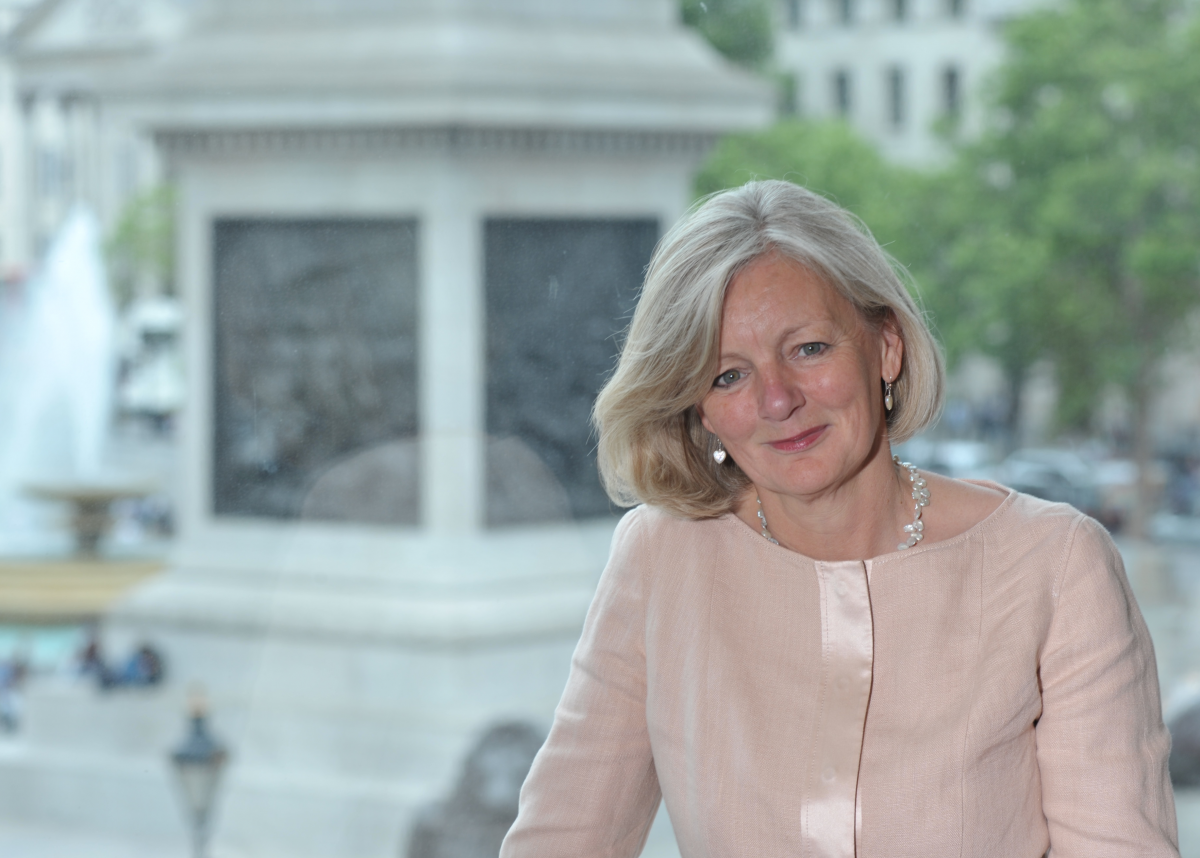On her first day as a consultant, former MCA President Jan Gower was in at the deep end. “I arrived at grand, intimidating offices in St James’s, surrounded by 30 very bright, confident people, who had hired me as an ergonomics specialist. And I was immediately sold to a big client as a marketing expert! Actually it was a great experience. I learned to adapt. The client basically needed someone to listen to them. I found I could help.”
Jan says the working environment was very different. “People smoked in the office. There were no mobile phones, no shared diary system. And leadership teams were very male. There were no women’s toilets near some clients’ boardrooms, especially in the military. As a professional woman I was often a novelty. Some clients liked that, especially as I brought a practical, ‘can-do’ attitude to work. On one occasion I literally dealt with a client’s mess – by taking a Hoover with me!” Jan says there are contemporary lessons in that experience. “I’ve worked a lot on diversity. The changes now happening in consulting are really heartening. But what drives them is a mix of principle – the desire to do the right thing – and necessity. New recruits insist on a working environment that reflects modern Britain. And diverse businesses are better businesses. When I was a workplace minority, I had skills and perspectives that weren’t just nice to have. They were genuinely useful. The penny is now dropping and enlightened self-interest is diversifying workplaces.”
That enlightened necessity, Jan suggests, underpins the MCA. “I was the Austerity President. My term of office followed the 2008 Financial Crisis. Firms were struggling. Some couldn’t afford the membership subs. But those who stuck with the MCA did so because they realised that surviving a crisis is easier if you cooperate. That’s created a legacy. Collaboration, on client assignments or big themes affecting consulting, is an accepted feature of a mature and growing industry.” Jan says consulting’s maturity entails scale. “I worked for the forerunner of a current Big 4 firm in the 1980s. It employed just 250 consultants. Our industry has expanded enormously.” But the most obvious change in consulting is technology. “When I started out, I felt very modern sitting at my Wang Word Processor! Now consulting is at the cutting edge of digital. That’s brilliant. But as consultants use new digital assets, automation and AI to create value for clients, it’s important we don’t forget that consulting is principally about great people providing great advice.”
The human dimension is important even in the very worst consulting experiences. “Early in my career, I was in a team and the client really bawled at us – in public. It wasn’t pleasant. But I benefitted. The client wouldn’t have kicked off if I’d really been listening earlier on. I vowed not to let it happen again. A top consultant picks up signals from clients, human being to human being. Even the best machines can’t do that.”

This interview was conducted as part of the MCA's 60th anniversary celebrations.
The 60th anniversary brochure 'The story so far, celebrating 60 years of the MCA' is available as a free download.

